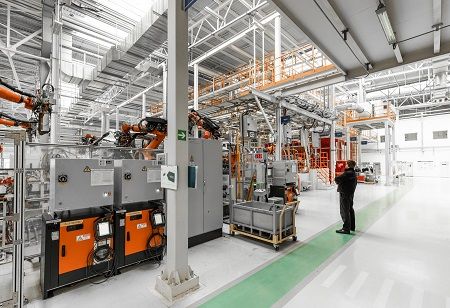
In June 2024, the top exports of India were Petroleum Products amounting to $5.52B, with Drug Formulations and Biologicals worth $1.95B in second place., with 20 of 27 EU nations buying refined oil products from India; the US is also a big buyer of India’s refined oil. When goods are produced in excess, the common train of thought is to export them to regions facing a scarcity of that product or those simply interested in buying. India’s huge manufacturing sector, coupled with its massive labour force, has managed to capitalize on this aspect and has given rise to Export-oriented manufacturing. Manufacturing solely for the purpose of exporting, so the proceeds can be funneled into endeavours that the country lacks.
This economic model has also been responsible for the growth of the Chinese economy since it opened in 1978. Currently, China’s export of electrical equipment and gadgets is the biggest driver of its GDP. This is the common tactic deployed by developing nations to boost their economies in the late 20th century. Trade has proven to be a necessity to sustain economies, as the Australian economist William. F. Mitchell said, “Nations do not exist in isolation. People have always roamed the globe in search of different opportunities. Nations principally trade to expand their consumption possibilities. In a world where we produce to consume, receiving goods and services is better in material terms than sending them elsewhere.”
Here, we see an analysis of key metrics by experts to see what is contributing to the growth of India’s export-oriented industrialization economy.
We use cookies to ensure you get the best experience on our website. Read more...